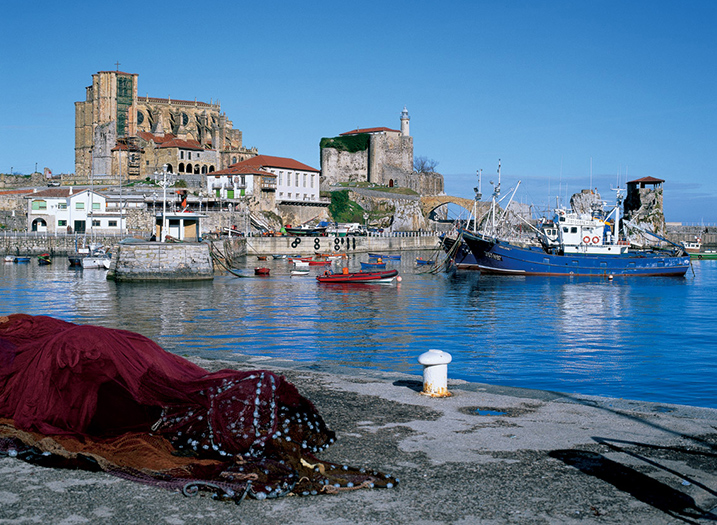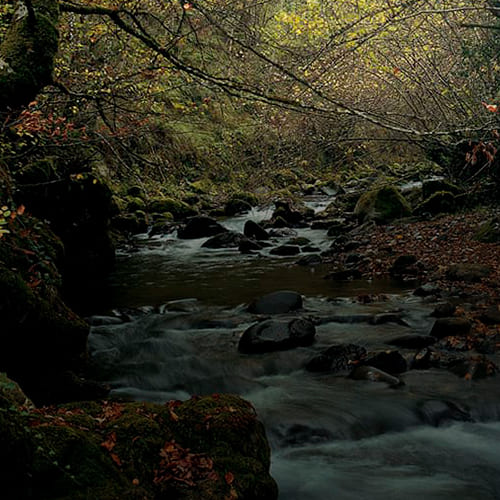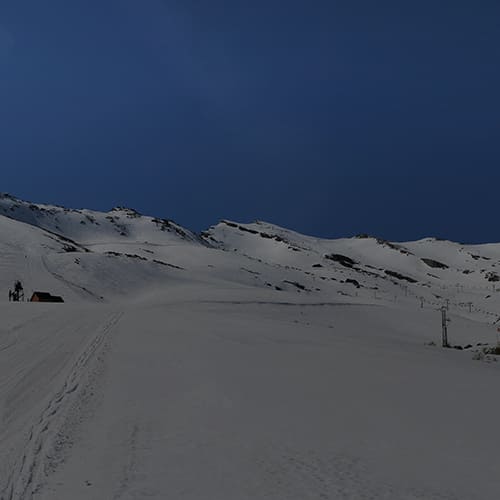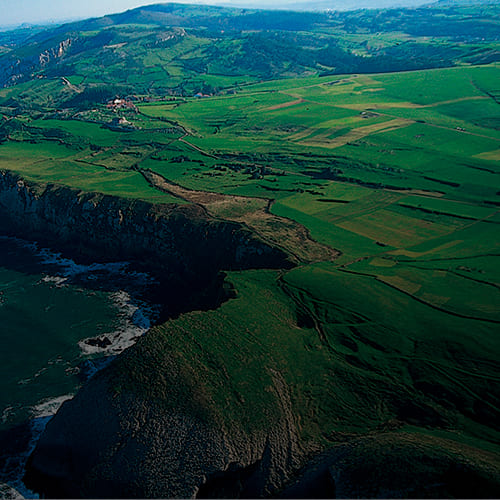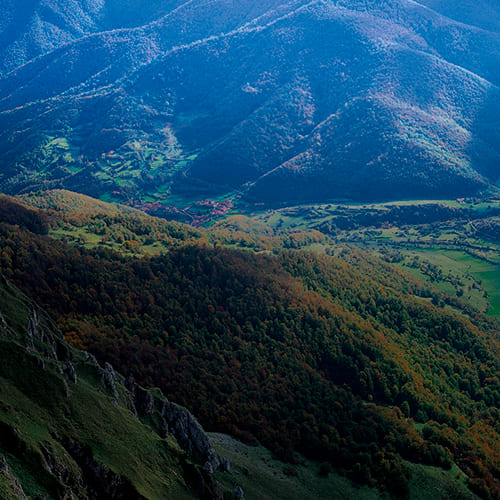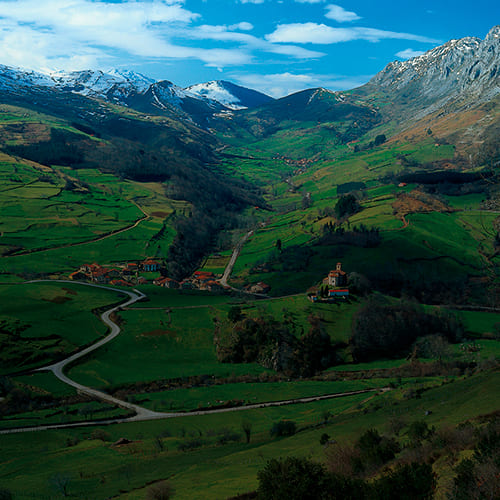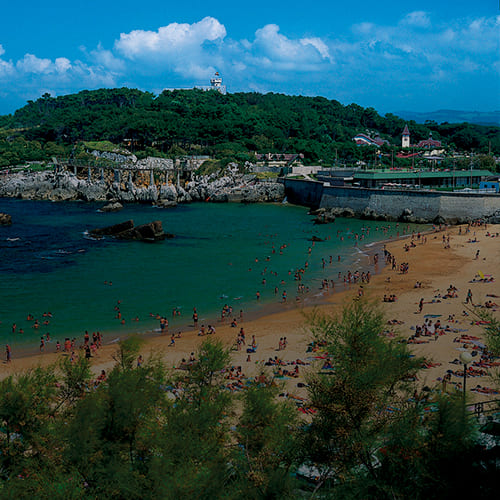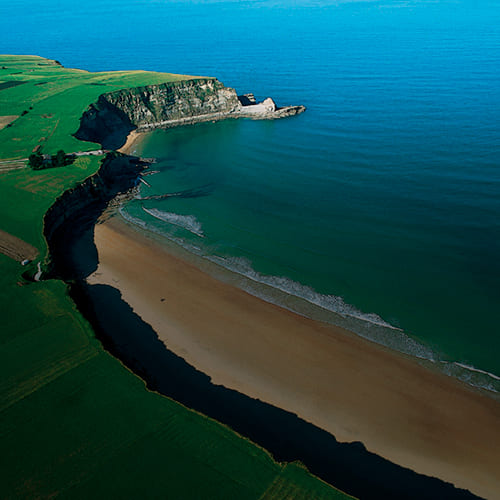Asón-Agüera
The coastal strip between Castro Urdiales and Laredo is a very touristic area, with highly developed infrastructures and urbanism, plenty of hospitality and catering services and lively promenades on the weekends. The largest beaches, such as Brazomar in Castro and La Salvé in Laredo, are urban beaches. The area retains a high scenic appeal, characterized by the meeting of the sea and the cliffs.
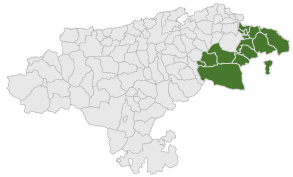
The valleys of Asón, Soba and Ruesga, in the eastern interior of Cantabria, are experiencing a moderate boom, thanks to the establishment of ecotourism, as well as rural and adventure tourism. This area, well-known for its river fishing, the sanctuaries of Nuestra Señora de la Bien Aparecida and Santo Cristo de Limpias, and also for containing in its subsoil some of the largest caves in Europe, is still to be discovered as a touristic destination. Unlike the coast, which is relatively crowded, the valleys of the eastern interior are real havens of peace and nature. Their main villages (Ampuero, Ramales de la Victoria and Arredondo) maintain an evocative local colour of past times.
In touch with nature
This whole area’s main attraction is the contact with nature. In this rugged landscape, forests are neither thick nor vast. Holm oaks and beeches are plentiful, and its holm-oak woods are some of the best preserved in Cantabria. However, the greatest appeal of nature in this sparsely populated area is precisely its geological importance. In the mountains called Montes de Valnera, Sierra del Hornijo and Montes Cañoneros, there are some of the most amazing landforms to be found in this region, particularly the fault where the river Asón springs as a spectacular waterfall. These massifs of limestone rock contain in their bowels complex cave systems that draw speleologists from all over the world.
Culture and tradition
The intense port activity developed by the town of Limpias until the 19th century made of it an affluent area, with a rich civil architecture. In Ampuero, Ramales de la Victoria and Arredondo, which are very well-preserved, one can enjoy nice and quiet walks around the centre of these villages and glimpse their long past of prosperity.
The sanctuaries of the Bien Aparecida and the Santo Cristo de Limpias are two important centres of attraction for the Christian faithful, who attend in great numbers the two festivities.
Alternatively, in the valley of Guriezo one can visit the Ferrería de la Yseca, a foundry where there is every kind of implement and tool characteristic of this trade that has now disappeared. Since it is a private property, only the exterior can be visited.
The east coast of Cantabria has a rich historical heritage. In Castro Urdiales stands out the best example of Gothic architecture in the entire region, the 13th-century church of Santa María, which adds character to this fishing town. In Laredo, the town centre has been listed as a historic-artistic ensemble and it maintains a medieval feel. Its church of La Asunción has a 13th-century Gothic style, with successive extensions added up to the 18th century.



